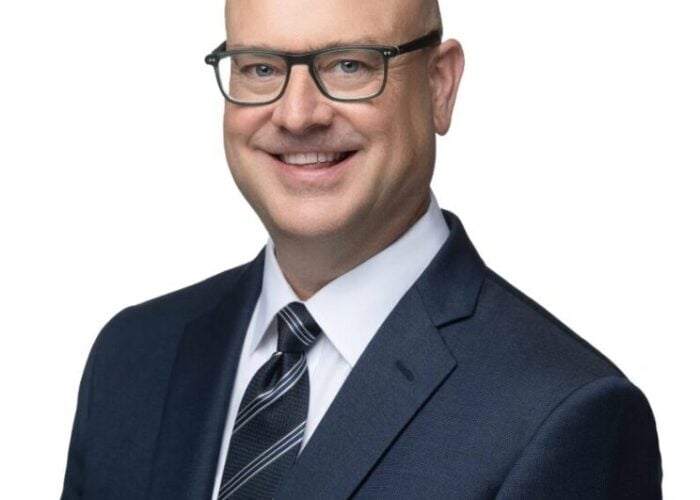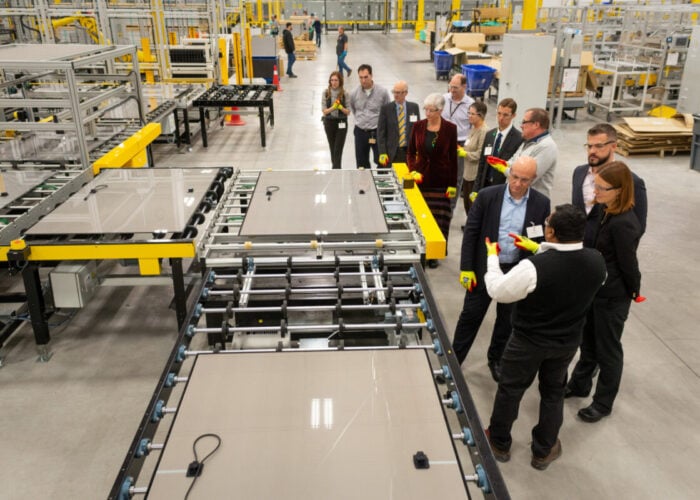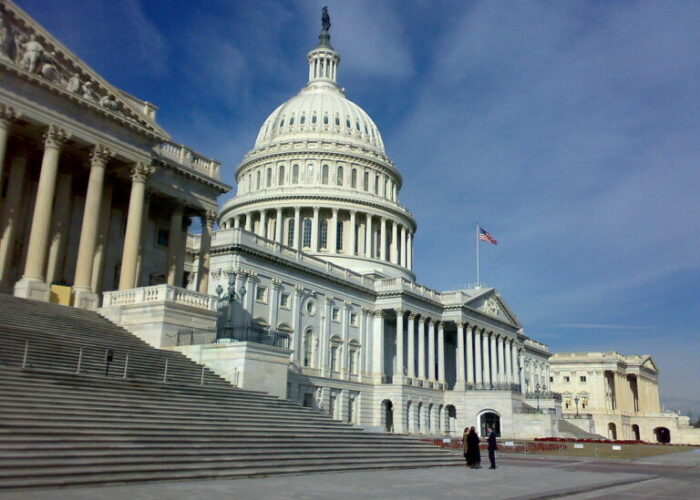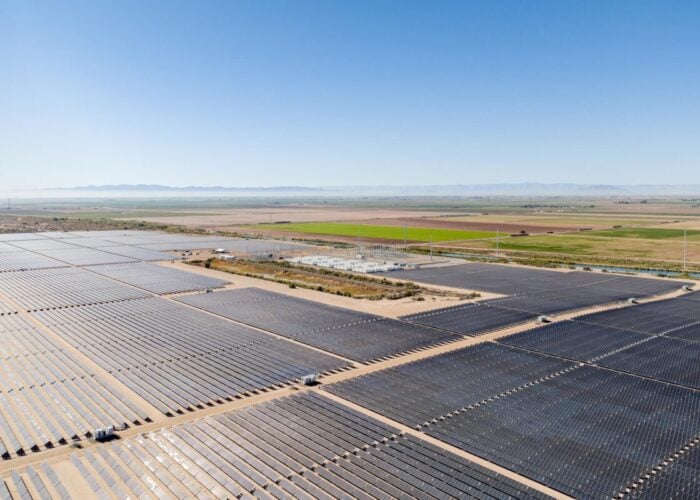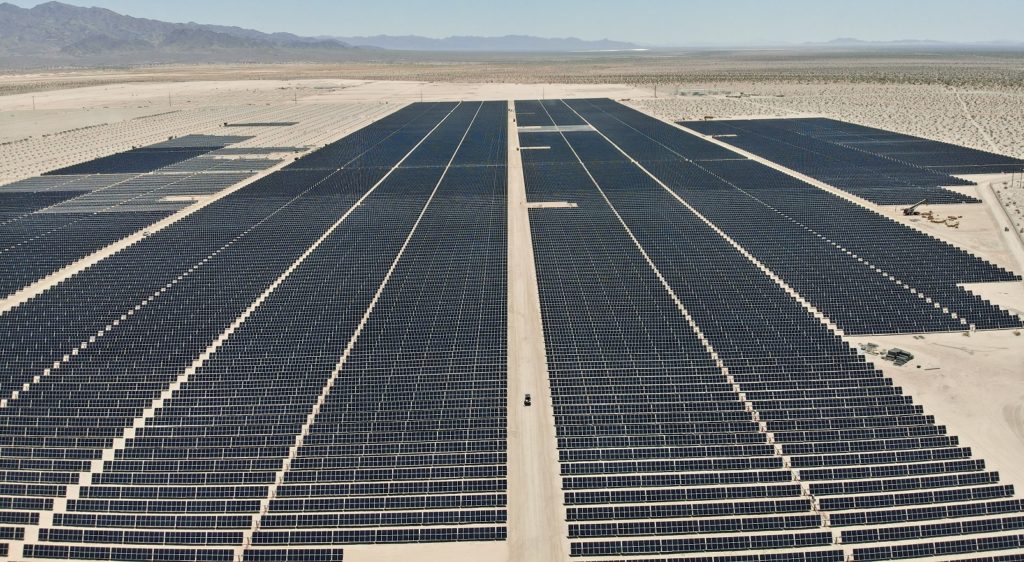
The US Federal Energy Regulatory Commission (FERC) should make interconnection reform a top priority to reduce the backlog of projects waiting to connect to the country’s grid, a coalition of three clean energy trade associations has said.
With interconnection queues overwhelmed across much as of the US, the Solar Energy Industries Association (SEIA), the American Clean Power Association and Advanced Energy Economy have urged FERC to move forward with reforms to improve certainty and reduce costs.
Try Premium for just $1
- Full premium access for the first month at only $1
- Converts to an annual rate after 30 days unless cancelled
- Cancel anytime during the trial period
Premium Benefits
- Expert industry analysis and interviews
- Digital access to PV Tech Power journal
- Exclusive event discounts
Or get the full Premium subscription right away
Or continue reading this article for free
Without meaningful changes to the interconnection process, the US “will never be able to meet its long-term decarbonisation goals”, said Sean Gallagher, vice president of state and regulatory affairs at SEIA. “Interconnection backlogs are one of the biggest impediments to our ability to quickly and efficiently decarbonise our electricity grid in the near term.”
In comments sent to FERC, the associations recommend that immediate steps be taken to fix the “acute procedural deficiencies” and network upgrade funding problems plaguing the current interconnection process in many regions by initiating an accelerated, stand-alone interconnection rulemaking.
As well as a reasonable cost allocation methodology for required network upgrades, the coalition is calling for interconnection queues to be reformed to ensure that projects can advance based upon a clear readiness framework.
The associations said that most of the queue-related reforms they have identified have already been adopted in some regions of the US and have been approved by the commission as just and reasonable, adding that implementing these proposals in other regions with significant queue delays would be consistent with existing FERC policy.
There was a total of 462GW of solar capacity in US transmission interconnection queues at the end of 2020, according to research published last year from Lawrence Berkeley National Laboratory, which found that the typical duration from connection request to commercial operation has been rising.
Efforts are progressing in the PJM Interconnection area to clear a backlog of projects that is said to include 136GW of solar capacity. The power grid operator’s planning committee has endorsed a new transition proposal designed to get projects through the planning pipeline faster.
Jeff Dennis, managing director at Advanced Energy Economy, said that while progress is being made in regions like PJM, FERC, independent grid operators, and transmission owners will need to allocate more resources toward faster interconnection timeframes as the clean energy transition accelerates.
“If adopted by FERC, the reforms we propose today will lay a foundation for lower-cost and more effective grid interconnection practices that reduce wait times and backlogs in the future.”



